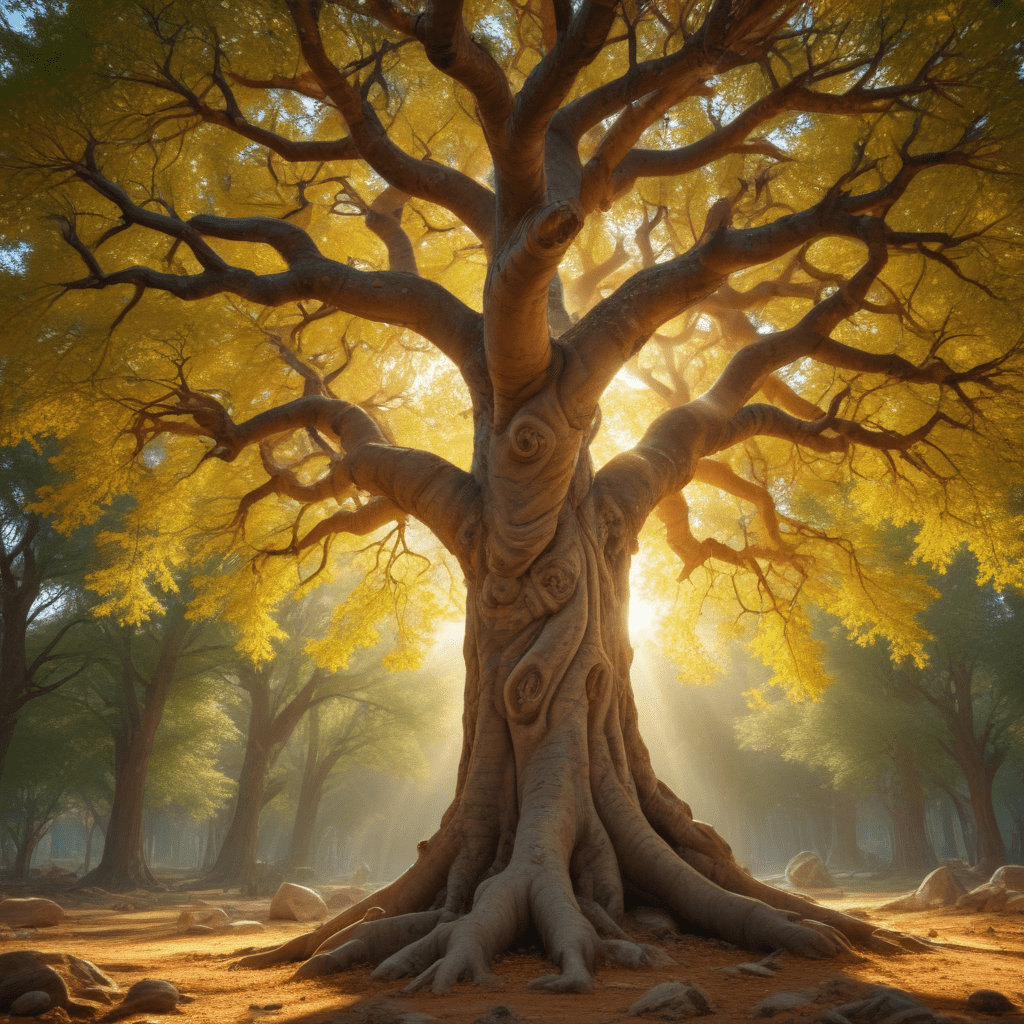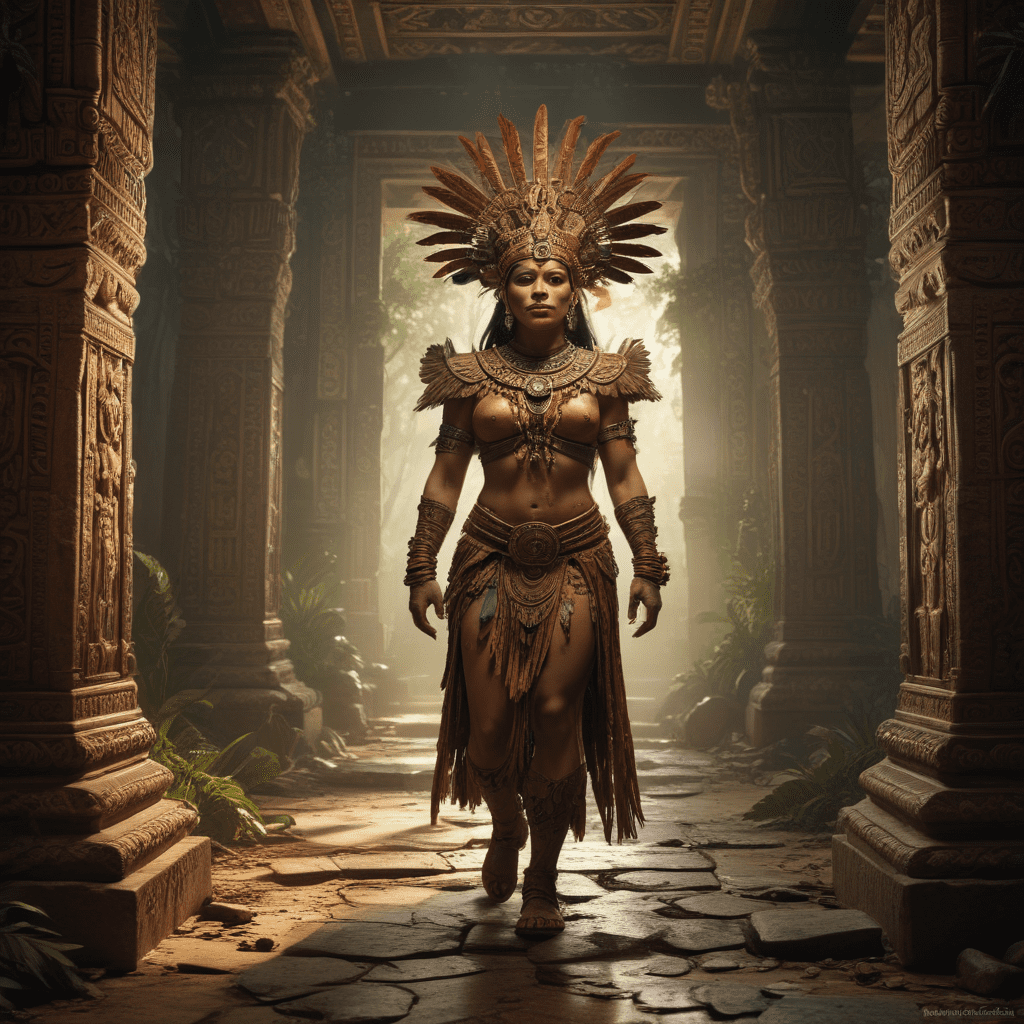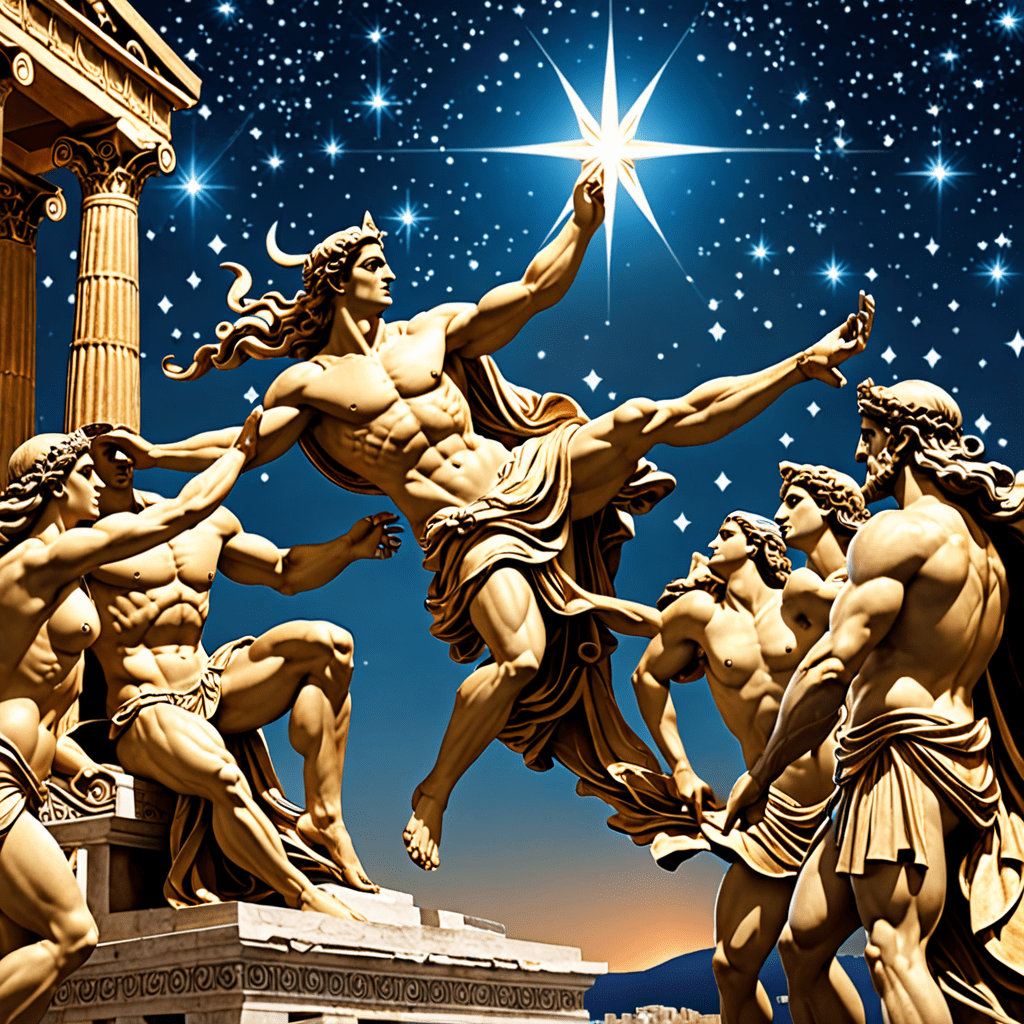The Underworld: A Mythical Journey into the Depths of Fear
Introduction to the Underworld
The concept of the Underworld has intrigued humanity for millennia, serving as a poignant representation of our deepest fears and the mysteries surrounding death. In various mythologies, the Underworld is often depicted as a realm beneath the earth, a place where souls go after death. Its significance stretches across cultures, embodying themes of judgment, rebirth, and the eternal struggle between light and darkness.
Fear, often intertwined with the unknown, is a predominant theme associated with the Underworld. It represents not only the fear of death but also the fear of what lies beyond the mortal coil. This article will explore the multifaceted nature of the Underworld across different cultures and eras, delving into its historical perspectives, mythological representations, and cultural variations.
Historical Perspectives on the Underworld
Throughout history, ancient civilizations have crafted unique interpretations of the Underworld, each reflecting their values and beliefs about life and death. For example:
- Mesopotamia: The Underworld, known as Kur, was viewed as a dark and dreary place where all souls went, regardless of their deeds in life. It was ruled by the goddess Ereshkigal.
- Egypt: The Underworld, or Duat, was a complex realm where the deceased faced judgment. The heart of the deceased was weighed against the feather of Ma’at, determining their fate in the afterlife.
- Greece: Hades, named after its ruler, was a place of both torment and peace, depending on one’s actions in life. The Greeks believed in a layered Underworld with distinct areas for the virtuous and the wicked.
Over time, the concept of the Underworld has evolved, reflecting societal changes and the shifting understanding of life after death. From ancient beliefs to modern interpretations, the Underworld remains a potent symbol of humanity’s confrontation with mortality.
Mythological Representations of the Underworld
The Underworld is populated by a variety of mythological figures, each symbolizing different aspects of death and the afterlife. Key figures include:
- Hades: In Greek mythology, Hades is both the name of the Underworld and its god. He presides over the dead and ensures that souls do not escape.
- Osiris: The Egyptian god of the afterlife, Osiris represents resurrection and the cycle of life and death. He is often depicted as a mummified king, symbolizing rebirth.
- Yama: In Hindu mythology, Yama is the god of death who guides souls to the afterlife. He embodies the inevitable nature of mortality and the importance of righteous living.
These figures not only personify death but also serve as guides for souls navigating the complexities of the afterlife, reflecting cultural values regarding morality and justice.
The Underworld in Literature and Art
The Underworld has inspired countless works of literature and art, serving as a backdrop for profound explorations of the human condition. Notable literary works include:
- Dante’s “Inferno”: This epic poem represents a journey through the nine circles of Hell, illustrating the consequences of sin and the importance of redemption.
- Virgil’s “Aeneid”: Virgil presents the Underworld as a place where Aeneas encounters both the virtuous and the damned, emphasizing themes of fate and divine will.
Artists have also depicted the Underworld in various forms, from paintings to sculptures, capturing its eerie beauty and terror. Noteworthy examples include:
- Michelangelo’s “The Last Judgment”: This fresco portrays the final judgment of souls, encapsulating the duality of heaven and hell.
- Hieronymus Bosch’s “The Garden of Earthly Delights”: A triptych that vividly illustrates the consequences of earthly pleasures on the path to the Underworld.
Cultural Variations of the Underworld
Different cultures offer diverse interpretations of the Underworld, each shaped by their unique beliefs and practices. A comparative analysis reveals fascinating insights:
- Norse Mythology: Hel, ruled by the goddess of the same name, is a cold and dreary realm for those who did not die in battle.
- Hindu Beliefs: The concept of Naraka is a temporary hell where souls are purified before rebirth, emphasizing cyclical existence.
- Indigenous Beliefs: Many Indigenous cultures view the Underworld as a place of ancestors, often associated with the land and nature.
These cultural contexts reveal how narratives of fear and death are shaped by societal values, offering a rich tapestry of beliefs surrounding the afterlife.
The Psychological Aspects of the Underworld
The Underworld also serves as a profound metaphor for human psychology. The fear of death, intertwined with the unknown, is a common psychological theme:
- Fear of Death: Many psychologists explore the existential fear of mortality, which can manifest as anxiety or a desire for immortality.
- Inner Struggles: The Underworld can symbolize personal challenges, with its trials representing the internal battles individuals face throughout life.
This psychological lens allows for a deeper understanding of how the Underworld resonates with our fears and struggles, making it a timeless subject in both literature and therapy.
The Journey through the Underworld: Myths and Tales
Common motifs in myths about the Underworld often involve a hero’s journey, fraught with trials and tribulations. Notable case studies include:
- Orpheus: His descent into the Underworld to rescue Eurydice highlights themes of love, loss, and the consequences of human emotions.
- Persephone: The tale of her abduction by Hades illustrates the cycle of seasons and the duality of life and death.
- Gilgamesh: His quest for immortality leads him to the Underworld, emphasizing the inevitability of death and the importance of human legacy.
These narratives not only entertain but also provoke thought about the nature of existence and the human experience.
Modern Interpretations of the Underworld
In contemporary culture, the Underworld continues to be a popular theme in literature, films, and video games. Modern interpretations often draw from ancient myths while infusing them with new perspectives:
- Literature: Books like Neil Gaiman’s “American Gods” explore the Underworld through the lens of modern spirituality and mythology.
- Films: Movies like “The Matrix” and “Pan’s Labyrinth” incorporate Underworld themes, showcasing the struggle against oppressive forces.
- Video Games: Games like “Hades” allow players to navigate the Underworld, blending mythology with interactive storytelling.
These modern interpretations highlight the evolution of fear and its roots in ancient narratives, demonstrating the Underworld’s lasting impact on storytelling.
The Underworld and Its Influence on Popular Culture
The influence of the Underworld extends beyond literature and art, permeating various aspects of popular culture:
- Music: Many genres, particularly heavy metal and gothic rock, draw inspiration from Underworld themes, exploring darkness and existentialism.
- Fashion: Styles that evoke the macabre or ethereal often reference Underworld imagery, reflecting a fascination with death and the afterlife.
- Subcultures: Communities such as goths and punks often embrace Underworld motifs, celebrating the beauty of darkness and rebellion.
This cultural influence underscores the Underworld as a source of inspiration, reflecting our collective grappling with fear, mortality, and identity.
Conclusion: The Enduring Legacy of the Underworld
The Underworld remains a powerful symbol in human culture, representing our fears, beliefs, and the mysteries of existence. From ancient mythologies to modern interpretations, its narratives reveal profound insights about life and death.
As we continue to explore the depths of the Underworld, we find that




